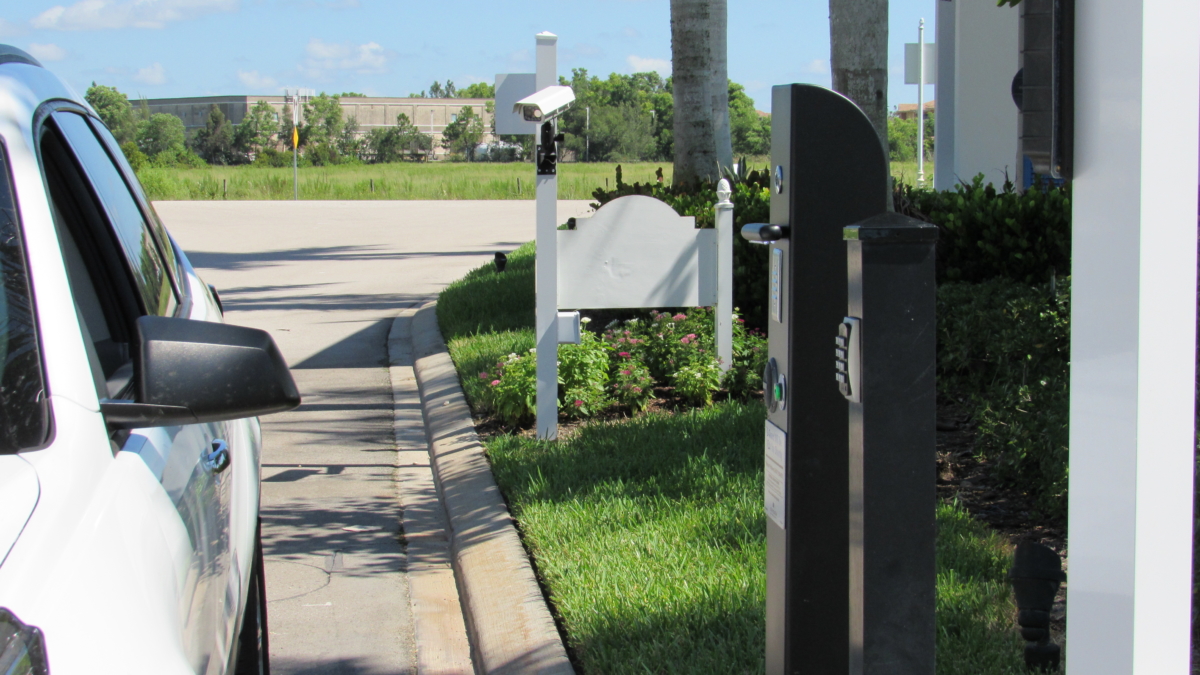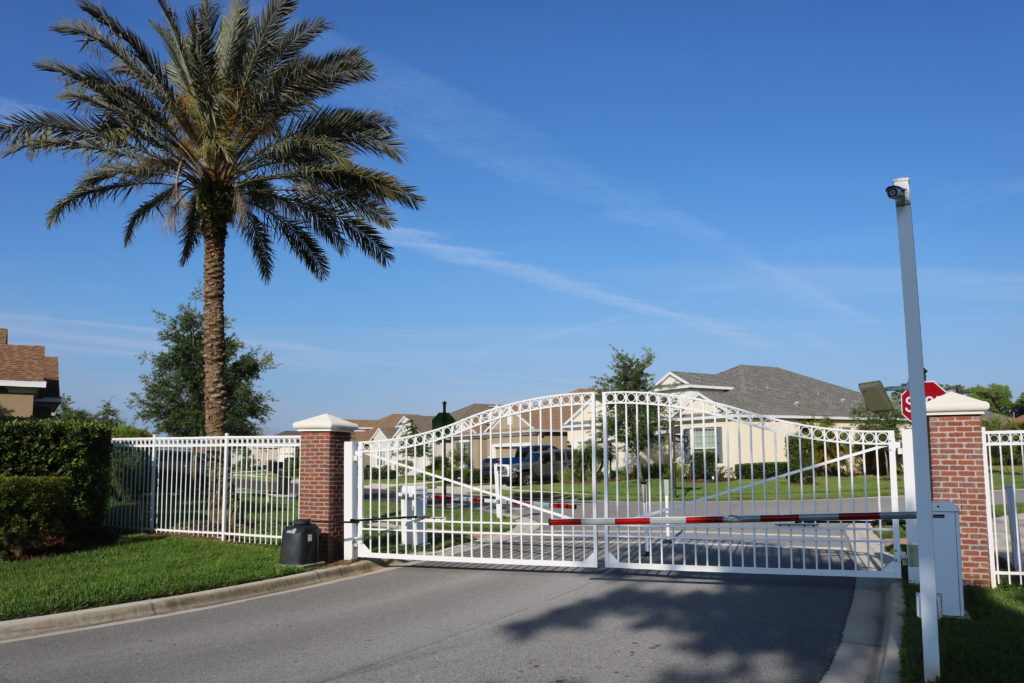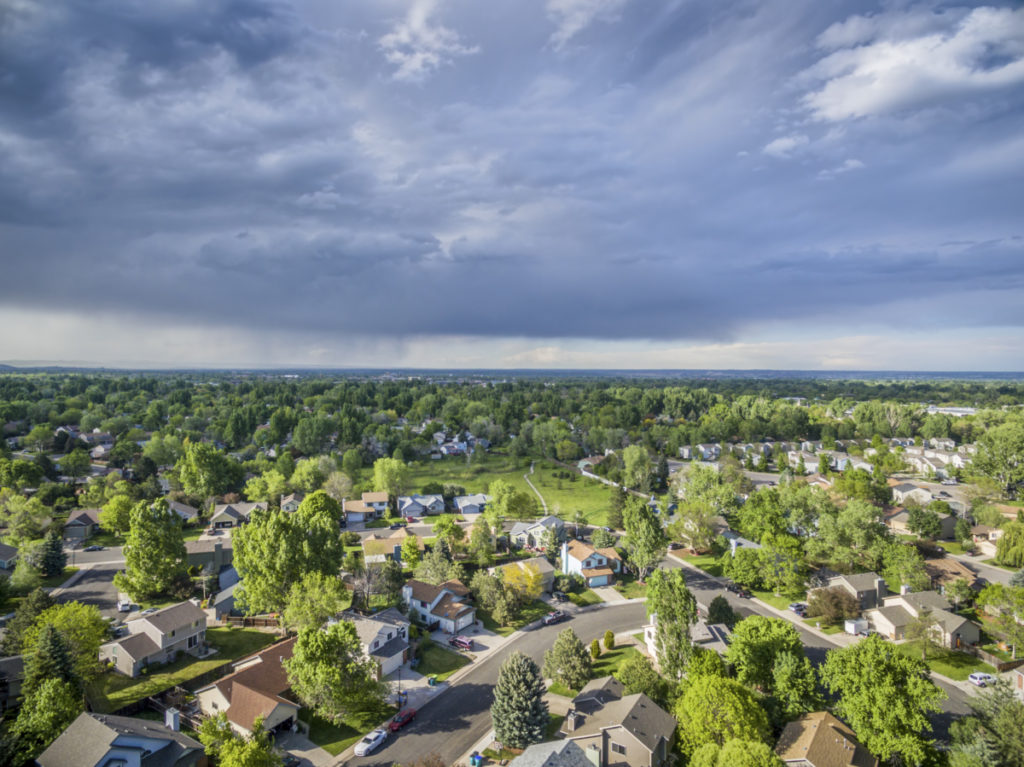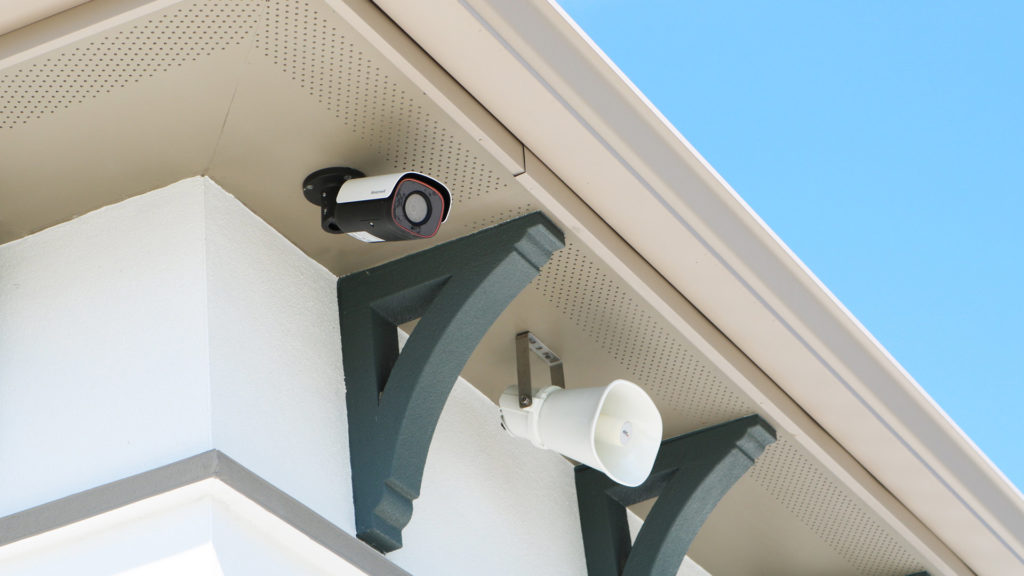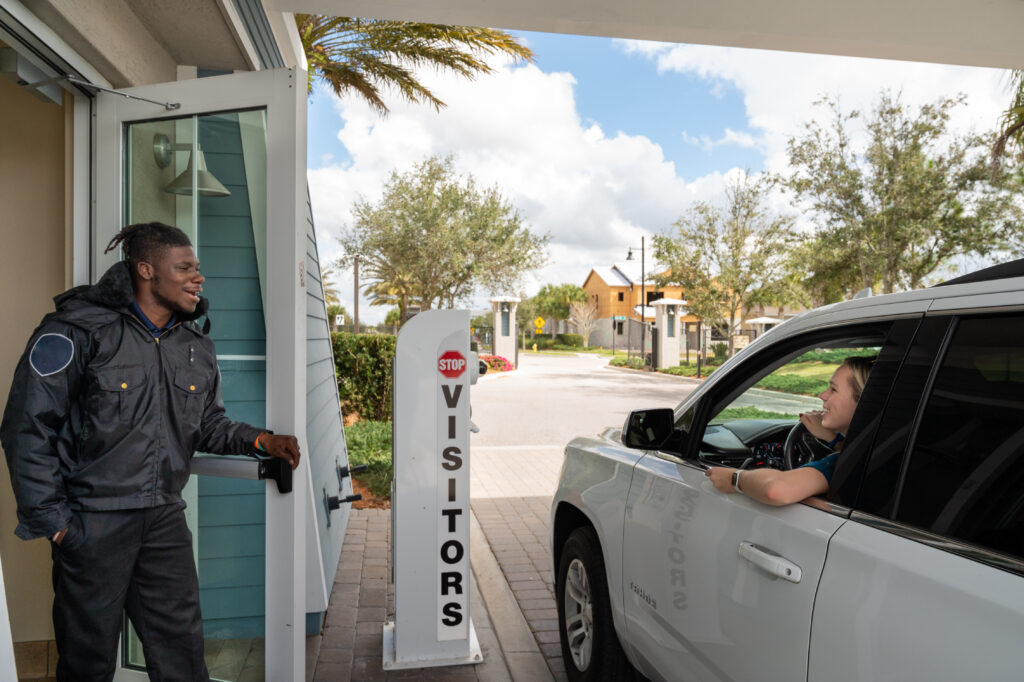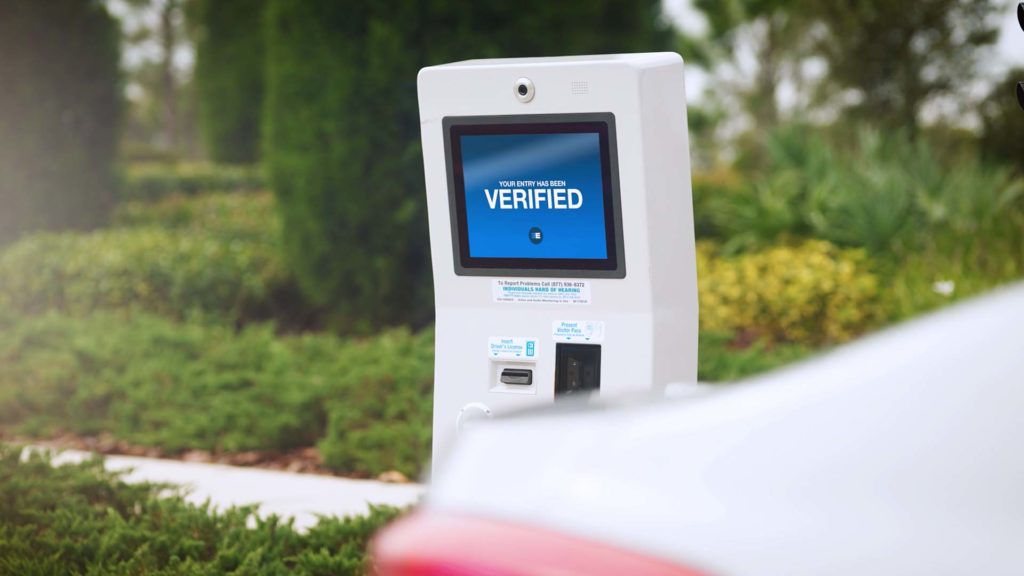Securely Verifying Visitors with Technology
In our technology-driven society, we consistently strive for efficiency and haste. We look to improve processes by often utilizing a software, device, or system, and then leverage that technological component for a more productive result. This resourcefulness is becoming increasingly prevalent throughout community associations.
For gated communities, the addition of technology is commonly seen at the entrance. To start, these associations usually employ some type of visitor verification method, whether it’s an on-site guard or virtual guard system. In order for either of these approaches to function at its highest potential, certain types of technology must also be used.
A key benefit of living in a gated community is the ability to manage who is allowed to enter. However, this benefit can also become a headache for visitors when the process for verifying visitors is too slow and causes back-ups. To prevent this and keep traffic flowing, without compromising the security, communities turn to automation.
What is automation? The dictionary defines it as “the technique, method, or system of operating or controlling a process by highly automatic means, as by electronic devices” which reduces human intervention with the process. You will find forms of automation are used for complex computing, machine translation, pattern recognition, artificial intelligence, and more. Among the many benefits of this technology is the ability for adept data entry and recordkeeping that can be stored compactly.
Two of the most common forms of automation for associations are license plate and driver’s license recognition. To automatically verify a visitor at a gate with either type of automated technology, the system typically executes optical character recognition (OCR). OCR is defined as the “process or technology of reading data in printed form by a device that scans and identifies characters.” For license plates and IDs, this is the electronic conversion of those images into data, either by a scan or a photo.
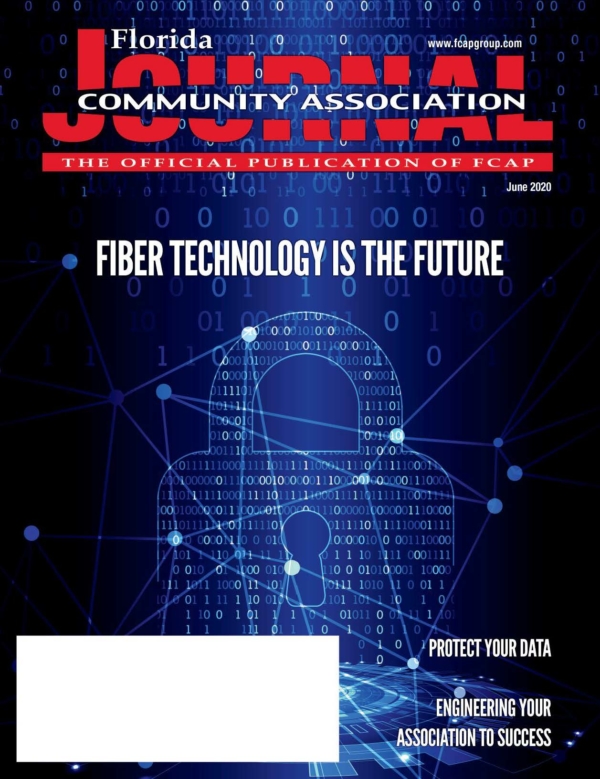
Once converted into data, that information can be stored and associated with the visitors arriving at a community. By establishing a unique “credential” or profile for each visitor with their associated data, a visitor can simply return to the community and be automatically verified by either license plate or driver’s license. Of course, this is dependent on other parameters set by the provider or system, and it is generally only used for regular, permitted guests.
So how does this work from a visitor’s perspective? Let’s break it down step-by-step. The guest arrives at the gated entrance. Upon arrival, the vehicle’s license plate is captured as an image, or the guest has an ID scanned by a kiosk or on-site attendant. If the guest is allowed based on a resident’s list, the guest is granted entry. When the guest arrives at the entrance the following day, an image of the license plate is captured or an ID is scanned. Within seconds and without having to speak to a guard, the gate automatically opens for the guest to proceed.
For verified guests, automation greatly expedites their process for entering a community, which prevents a line from building up. This is especially important for communities with an entrance that intersects with a busy road, as well as larger neighborhoods with heavy traffic continuously arriving.
Automation also allows the virtual or on-site guards to focus their responsibilities on guests who are not “auto-verified.” When guests are not granted automatic entry, it is likely because they are not regular visitors at the property, or they are a resident’s vendor. In which case, data would not be tied to them as a visitor, and manual verification would need to take place.
Furthermore, this technology highly increases the security for a community. Even when a visitor is granted automatic entry, the transaction is recorded, time-stamped, and archived. Most systems should also give certain community contacts access to a visitor’s vehicle owner information and/or limited information on the visitor’s ID. This is extremely beneficial for communities that need to identify a tailgater or someone that caused damage at the community, with additional record of the resident that the guest visits.
Most communities have an early opinion on whether the license plate or driver’s license automated technology will be best for an association. Although, there are other variables to know about and consider when inquiring about the two. For automation to occur with either version, OCR relies on a good, clean image or scan. Therefore, it will not occur for every permitted visitor if the license plate or driver’s license is dirty or badly scuffed.
License plate technology also relies on the light, distance, camera angle, and speed of vehicles to correctly process the image. Plus, a system won’t automatically verify visitors it is not confident in (that’s a good thing). In many cases, it is also not advisable to have residents regularly enter through the system. Rather, resident access is best kept separate. For certain entrance designs, the license plate system is not necessarily the most effective solution because of these factors.
Finally, a third form of automation that is becoming increasingly prevalent is the use of QR codes. You see QR (quick response) codes at the airport, movie theaters, and now, for visitors to display on their phone when arriving at a community. With a verified “pass,” a guest can easily be admitted entry.
For security purposes, these codes should only be distributed by residents for the household’s specific guests. This allows a code to be traced back to a household if it is used improperly. For additional protection, communities will often establish further parameters to ensure a QR code can only be used so many times within a certain time period or that the code expires after its one use.
Automation is just one type of technological application that you will find across communities. With other methods being researched and thoroughly tested, we will see other options become available in the future. As advanced technology features continue to combine with human intervention, communities will have the ability to add on to and improve current systems. This will continue to increase benefits and improve the quality of a system for all who interact with the property.
You can read the complete issue and original article here: FLCAJ – June
You can also download the article here.
